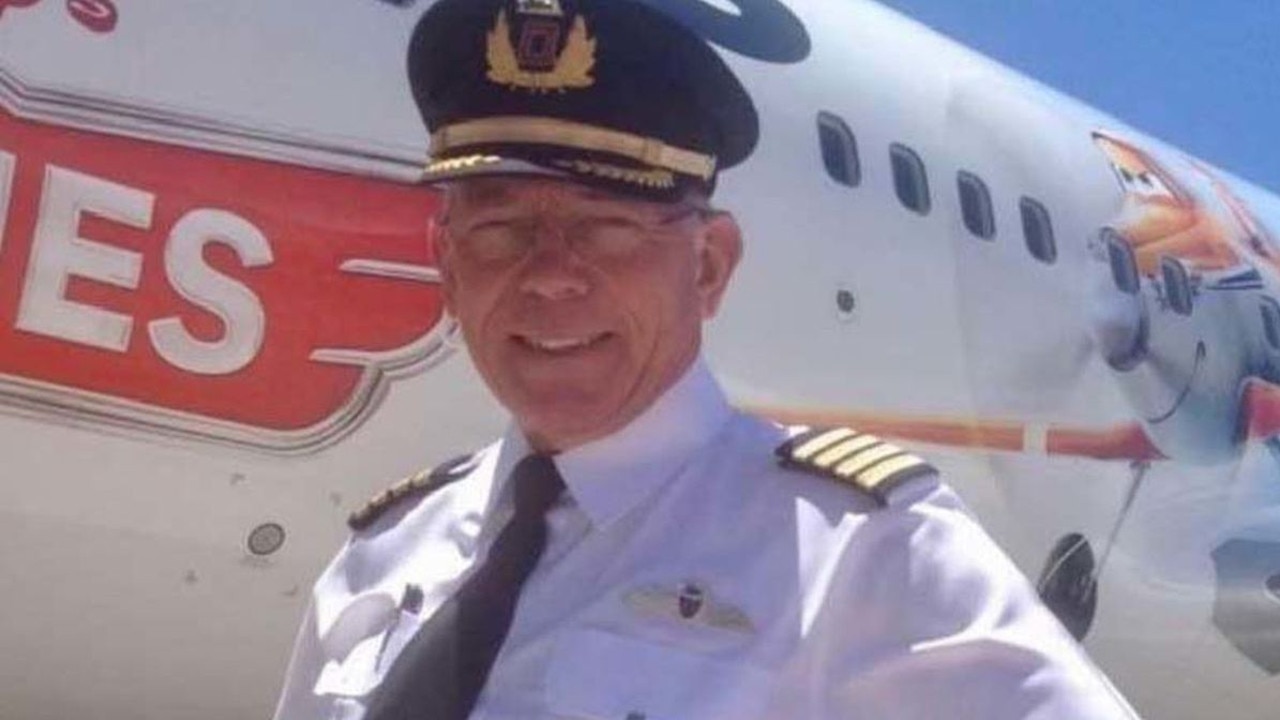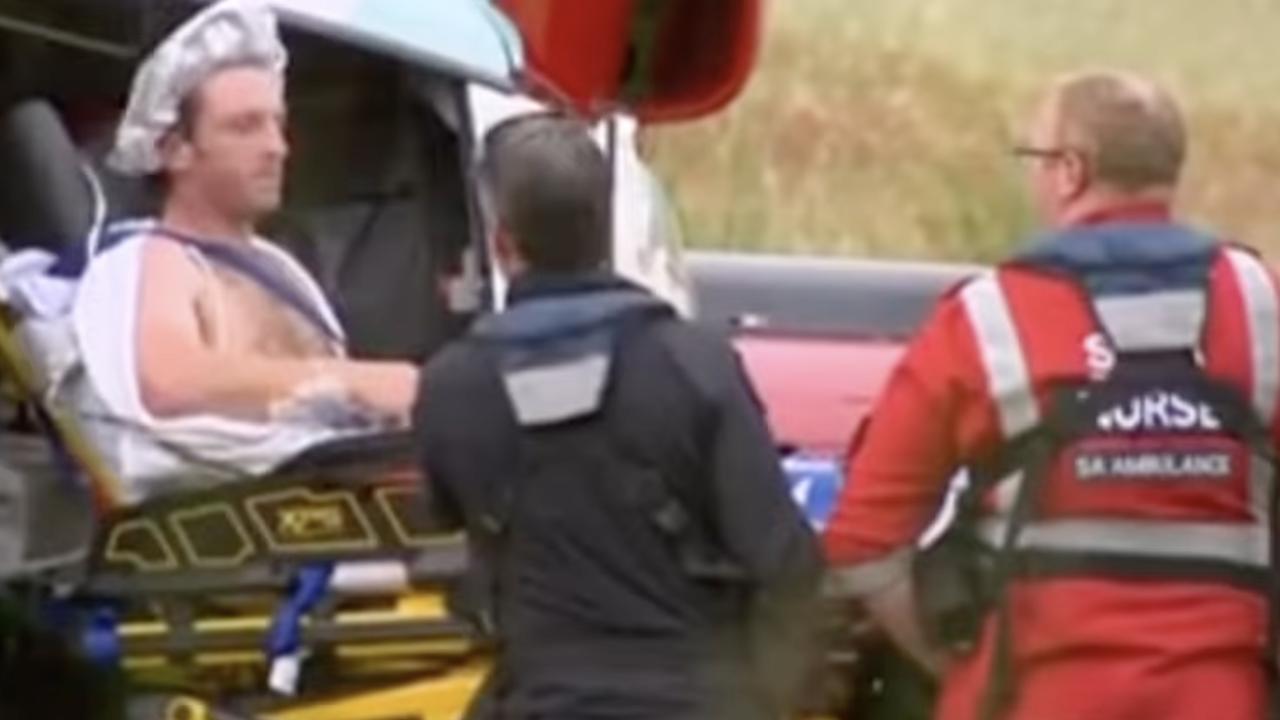Mile-high horror on-board Singapore Airlines flight SQ321
The horrific reality of a Singapore Airlines flight which shocked the world has been revealed, with passengers offering never-before-seen insight.
Australian couple Kerry Jordan and Keith Davis, who had just enjoyed a holiday in the UK, were among those onboard the deadly Singapore Airlines flight SQ321.
In one of the worst turbulence injuries in aviation history, more than 70 passengers and crew were injured, including Australians, when the 777 hit extreme turbulence on May 21 this year.
Six suffered skull or brain injuries. One became a tetraplegic.
One flyer died.
Jordan went to stretch her legs and visit the bathroom. She said it was busy, so she slowly made her way back.
At that moment, records show the aircraft had hit a powerful updraft and suddenly shot upwards, 362 feet. The seatbelt light was on for just 8 seconds before the plane dropped.
Jordan and her partner – along with many others – were turned into human projectiles.
“Then, all of a sudden … it was just the turbulence. I felt like I could not even get back into my seat … this sudden just sort of jolt,” she told 60 Minutes.
Calmness descends into chaos
For those travelling on the flight from London to Singapore, the first 10 hours were uneventful. However, three hours from Singapore, that all changed.
It was midafternoon local time when the flight approached Myanmar, which is notorious among pilots for its violent storms. Passengers were waking up and it was breakfast time.
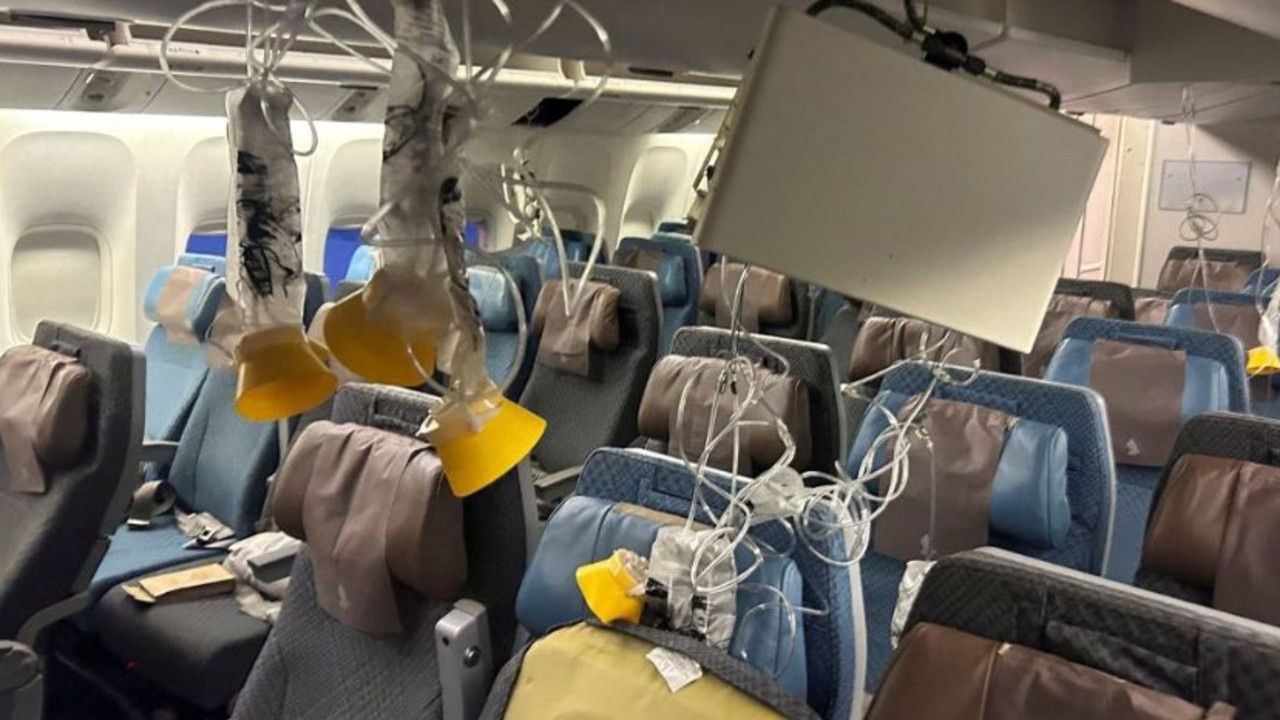
Thrown into the air
There was carnage and everything that wasn’t tied down was thrown into the ceiling, including unbuckled passengers.
Jordan recalls: “I was suspended in the air and … everything went deathly silent.”
Davis’s head went through the panel above, while his partner’s spine was snapped in two.
“I went through all those vents and I just busted up to bits, and you went smack into the bl**dy luggage door,” Davis said.
She remembers a man asking if she could feel her legs: “And just the reality of … Yeah, can’t feel that.”
Within a minute, the pilot regained control of the plane. The duo feared for their lives.

‘Felt like a grenade had gone off’
Sitting next to the couple was 22-year-old Welshman Toby Pearl, a health worker who was on his way to backpack around Australia. He was catapulted three rows back during the incident.
“All I remember is that seatbelt light went on and then we were just thrown straight in the air,” Pearl recalled.
“I hit my ribs on a chair and then landed on another passenger.”
Pearl said the passenger held him. He recalls being filled with a sense of dread.
“It felt like a grenade had just gone off in the cabin. There was parts of the ceiling everywhere, people screaming, injuries, blood on the ceiling, on the floors, everywhere.”
Pearl, who had a busted shoulder, heard a call for help and rushing over to 73-year-old Brit Geoff Kitchen, who had suffered a heart attack.
He performed CPR for 30 minutes with a group of other passengers, however Kitchen died.
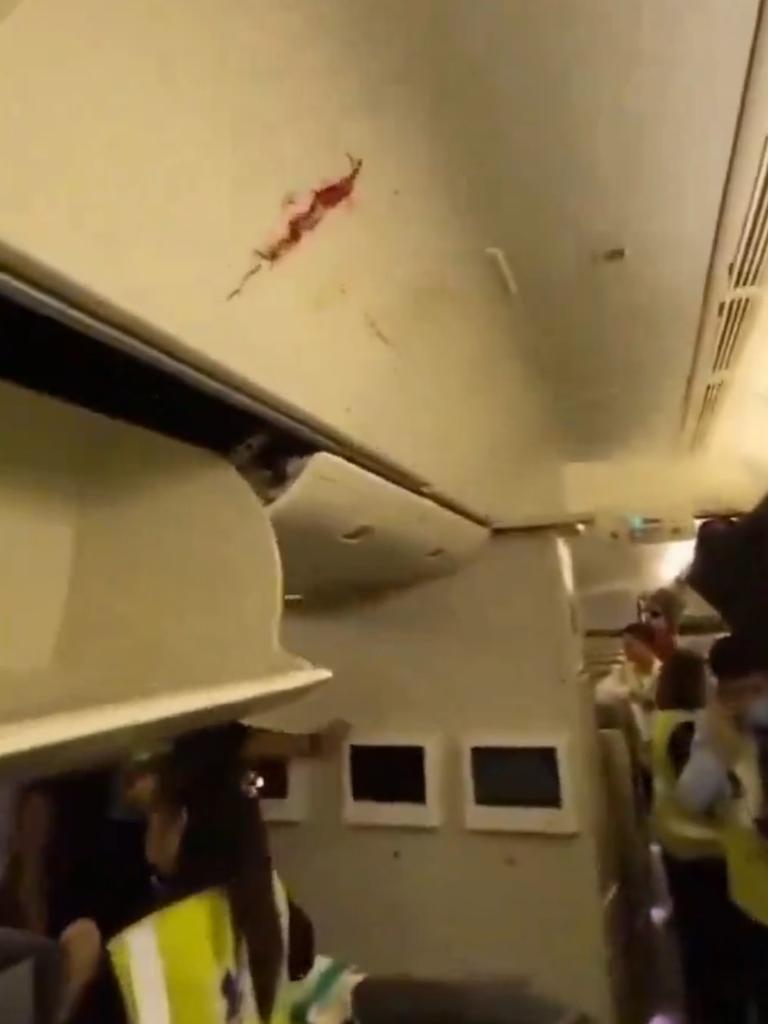

The plane was diverted to Bangkok, where the scene resembled a war zone with stretchers strewn across the tarmac.
Jordan was rushed to hospital for surgery to put her spine back together, and was medevaced home to Adelaide eight days later.


Daily struggles
For Jordan, now a tetraplegic, each new day brings monumental struggles. A high school dance teacher and performer, she’s unable to do either as she’s paralysed from the chest down and relies on assistance from others.
“The challenge of, you know, being able to actually get up and get ready for the day, that’s huge, you know?” Jordan said of her everyday struggles.
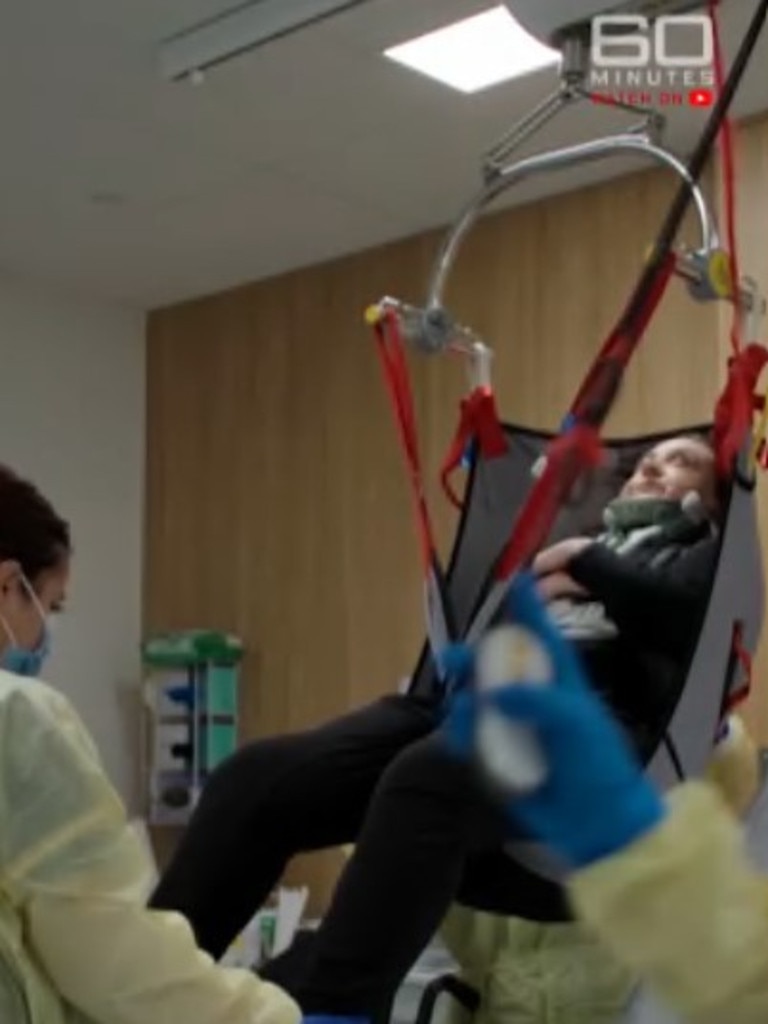
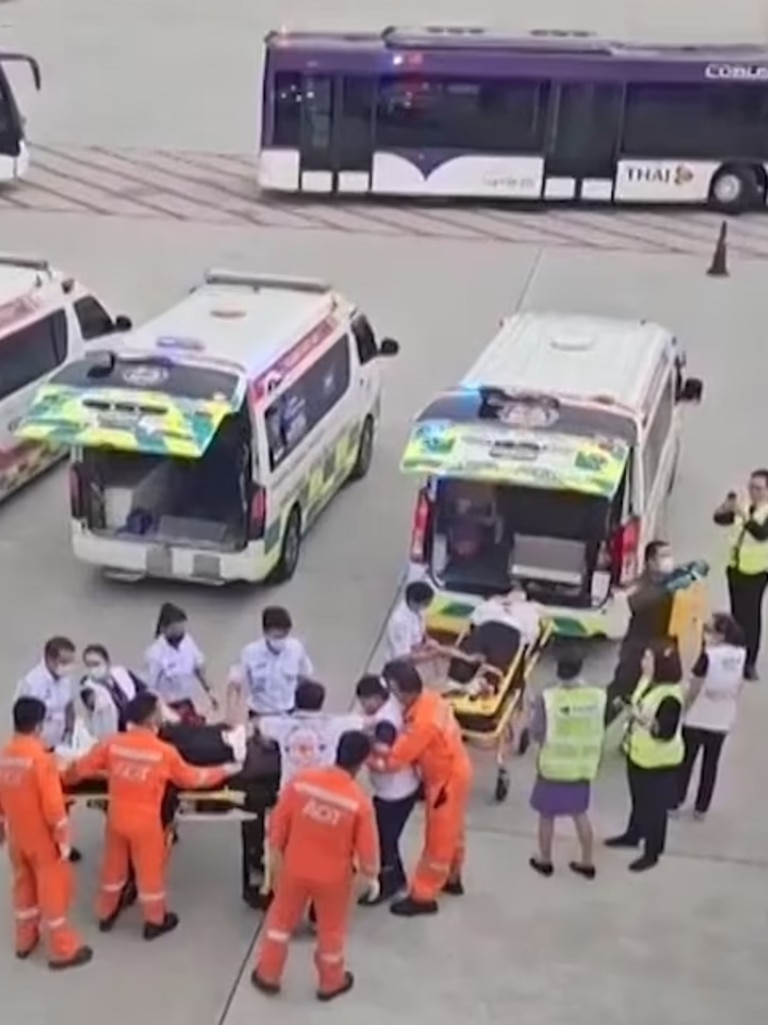
Long wait for answers
So what really happened to SQ321? While a final report into the incident could take another year, new analysis from 60 Minutes may shed more light.
Initial findings from Singapore’s Transport Safety Investigation Bureau found the plane was “likely flying over an area of developing convective activity”.
Multiple analysts said it encountered clear air turbulence, which is difficult to forecast and unable to be seen with radar or the naked eye. However, there’s evidence this was not the case.
The turbulence that hit the plane was very rare in its severity and the number of serious casualties it caused.
“It wasn’t really the magnitude of the change this aeroplane had, it was the rapidity of the change,” Richard Woodward, a former Air Force test pilot who then flew long haul passenger jets for Qantas for 33 years said. “It’s just unheard of to be that violent”.
He said his initial belief was that “they had an encounter with a thunderstorm”, causing the plane to go from 1200 feet-a-minute up to nearly 2000 feet-a-minute down.
Reconstructing the flight’s critical seconds in a 777 simulator, he noted that “ … suddenly the aeroplane goes from a massive updraft to a massive downdraft. The aeroplane falls, effectively falls 178 feet, which puts everyone who’s not strapped in on the roof in the back of the aeroplane. But within a couple of seconds it goes back to positive G and then you’re, bang, back down to whatever’s below you, seat back, seats, floor, you name it.
“Whack, it’s all over, 4.6 seconds, and it’s all over. It’s unheard of to get that sort of damage in that time.”
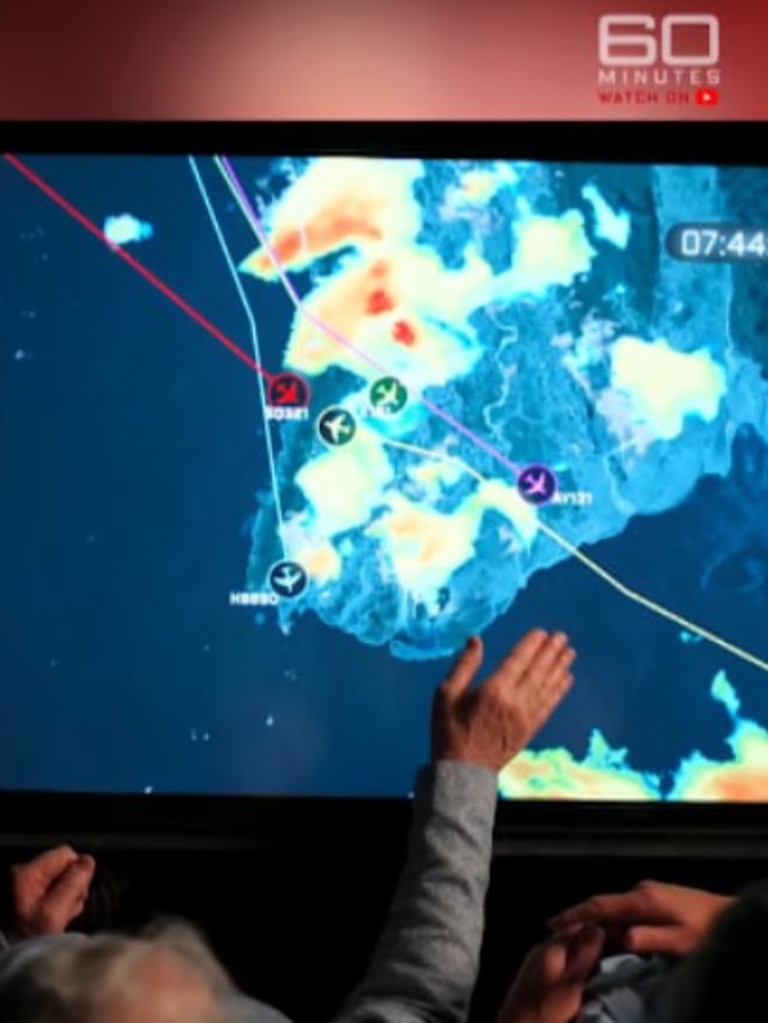
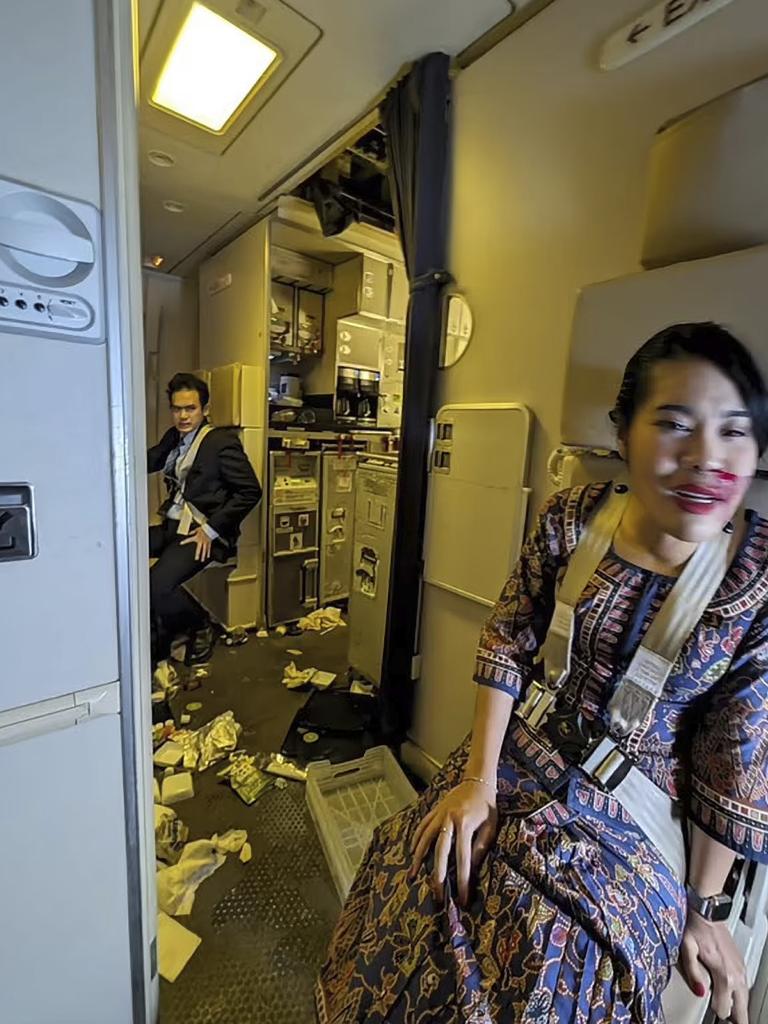
‘Terrible miscalculation’
Satellite images show thunderstorms building up over central Myanmar more than an hour prior to the incident.
“You’d either be going down the coast and swinging around, or, or picking your way through, if you had to, between the cells,” Woodward said. “But you certainly wouldn’t try and fly downwind of the thing because that’s where the weather’s getting blown to.”
Data also shows scores of lightning strikes within the five-minute period the plane was approaching the area.

Multiple other planes could be seen in the minutes prior to the turbulence incident taking evasive action and changing direction. Yet flight SQ321 headed directly to this area.
The pilots were either unaware of the storms developing ahead or chose to keep going.
Woodward said it was a “terrible miscalculation”.
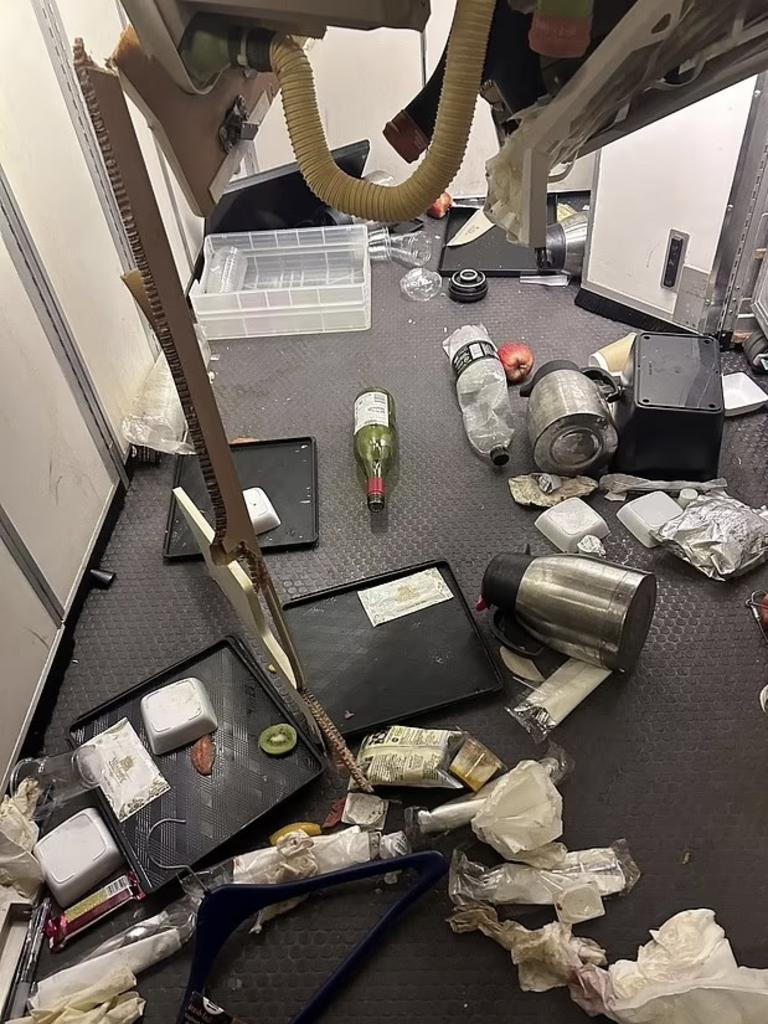
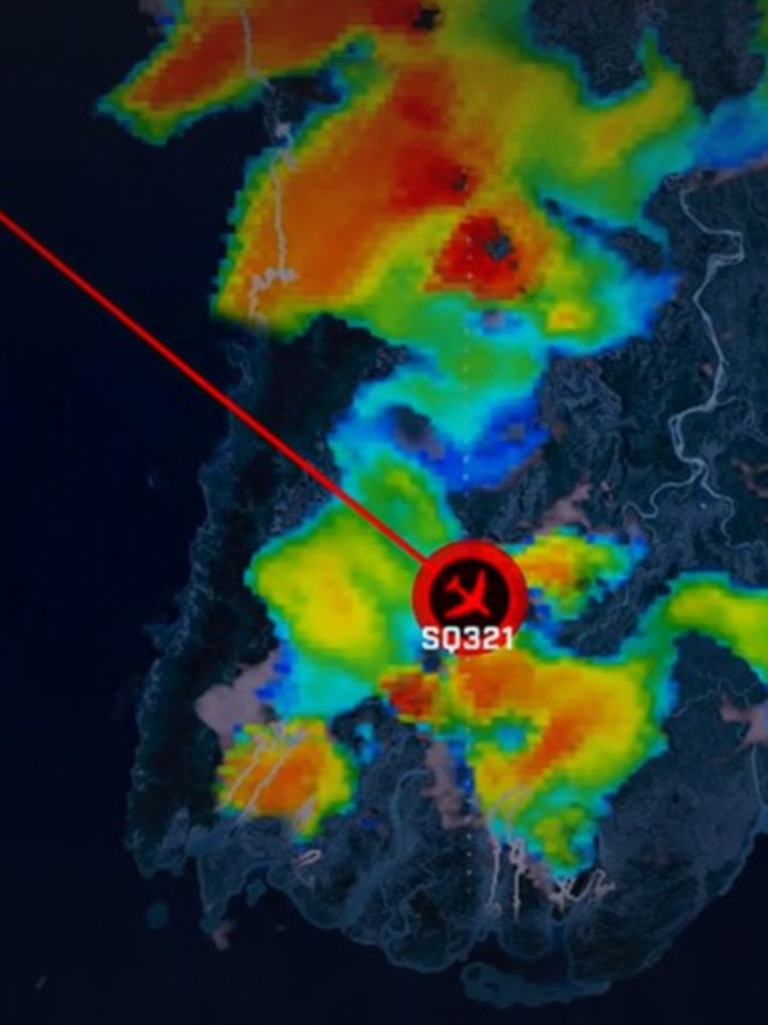
Response from Singapore Airlines
At first the airline offered $25,000 in compensation for Jordan, before increasing it to $75,000. Her lawyer says it’s not enough.
Singapore Airlines provided this statement to 60 Minutes and news.com.au: “Singapore Airlines (SIA) apologises to all passengers for the traumatic experience on board SQ321 on 20 May 2024.
We are fully co-operating with the relevant authorities in the investigation.
“... SIA is committed to providing all necessary support and assistance to the passengers who were on board SQ321.”
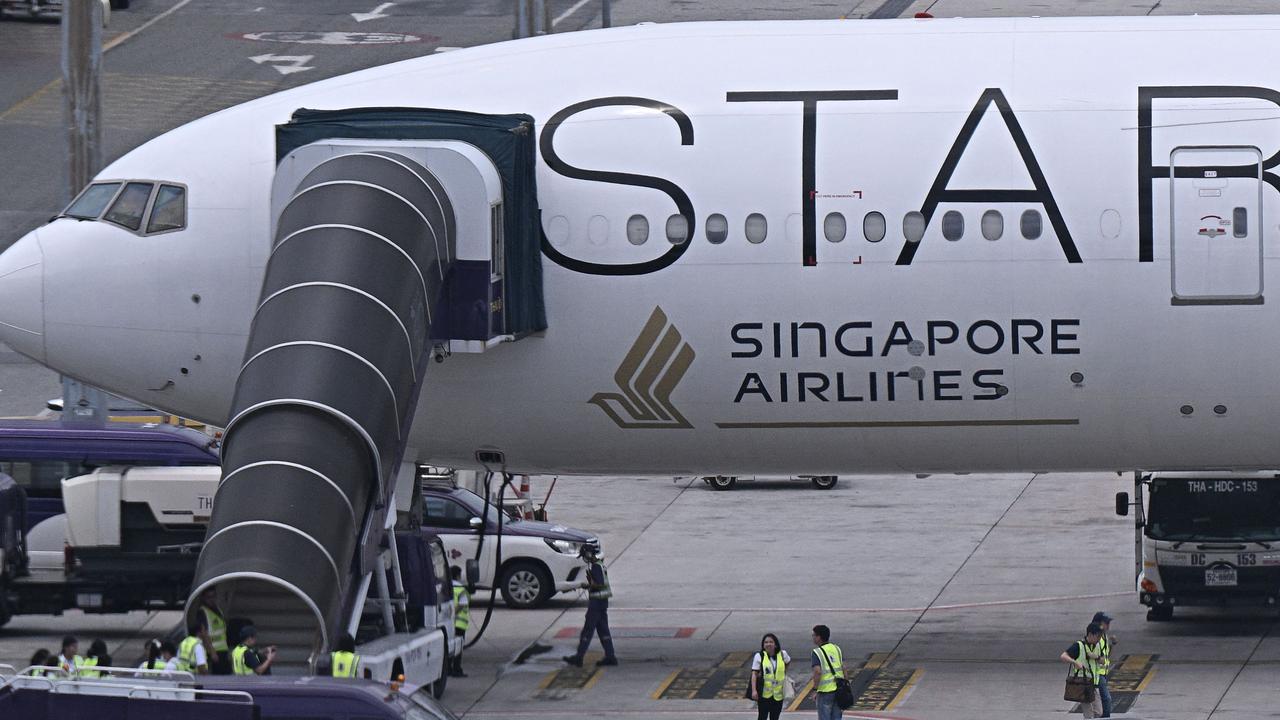
The airline said it provided $1000 to each passenger for immediate expenses upon leaving Bangkok. It also covered the medical expenses of those injured and arranged flights for their family members and loved ones when requested, also covering their local expenses.
“All passengers who were hospitalised in Bangkok have since been discharged and returned to their home countries,” the airline said.
On 10 June 2024, it offered compensation including a full refund of the airfares for all on-board.

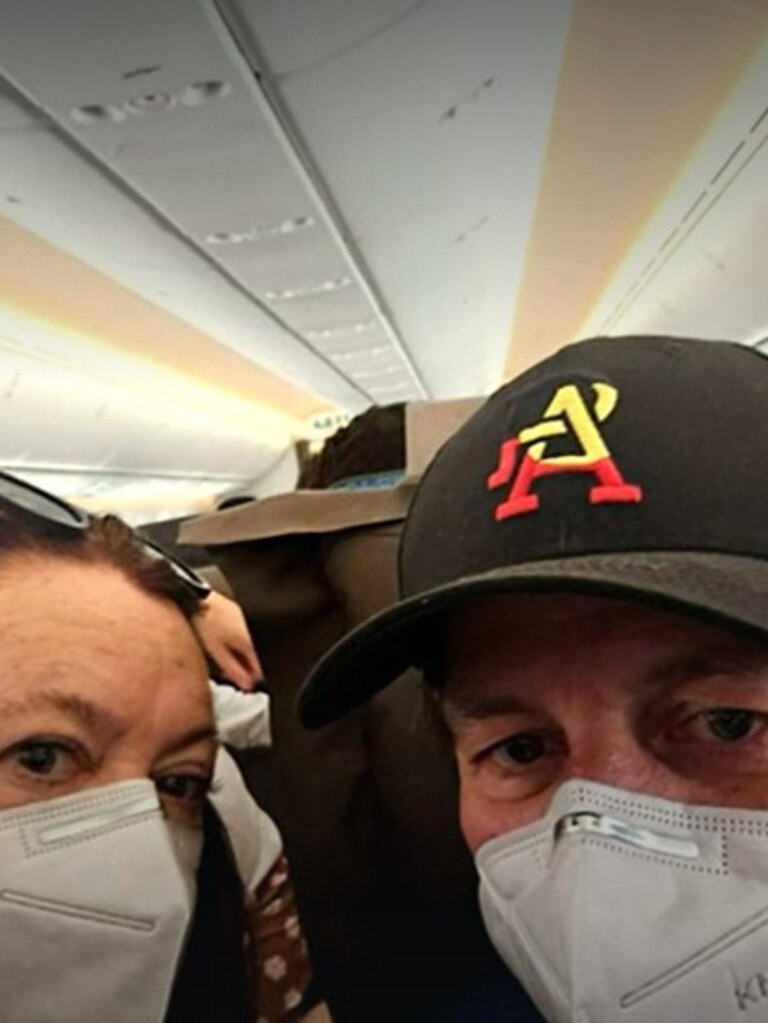
The offer also included “delay compensation in accordance with the relevant European Union or United Kingdom regulations” and “US$10,000 ($14,000) in compensation for passengers who sustained minor injuries”.
More Coverage
For those with serious injuries: “We invited them to discuss a compensation offer tailored to their specific circumstances. If these passengers required financial assistance, we offered an advance payment of US$25,000 ($36,000) to address their immediate needs and this will be part of their final compensation.
“We are discussing the compensation details directly with the affected passengers or their appointed representatives. We are unable to provide more details due to confidentiality reasons.
“Passengers requiring additional assistance, or their appointed representatives, may reach out to us using the contact information we have provided, and we will respond promptly.”



